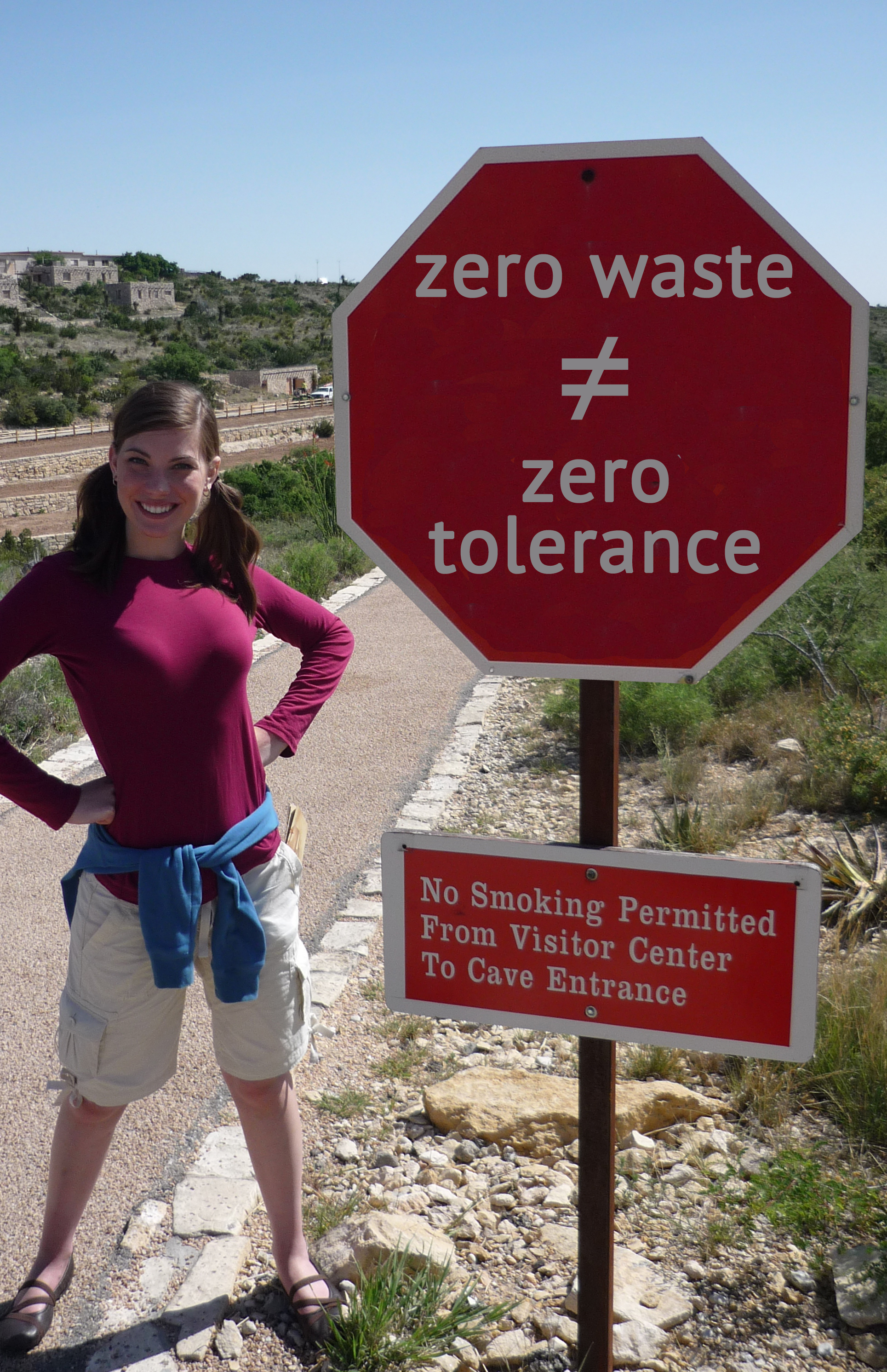We all know the mantra, "Reduce, Reuse, Recycle" right? Well, I'd like to throw in another "R" word - Refuse.
Refuse, Reduce, Reuse, Recycle
It’s an amazingly simple concept to keep in mind:
"What comes into your space must leave your space."
Only you can control what comes into your space (unless of course, it's junk mail, but that's a different war for a different story).
You should be very calculated about what you let into your space. Your space should be a cohesive sanctuary, where everything is used or loved.
Repeat after me: "if you don't use it or you don't love it - you don't need it."
By keeping the word refuse in my mind, I'm able to keep myself from accumulating unwanted items. Saying "No," to unnecessary materialistic items is one of the most powerful and freeing things you can do.
You have dominance over your space, and you can control the quality, the ethics, and the end life of a product. Saying "No" is the easiest way I cut down on my waste stream.
I save money because I'm not accumulating unnecessary things. I save time by not dealing with cheap freebies at parades or events.
I save my sanity by not having to declutter and put away items that will never be touched and eventually tossed.
Below there are 7 questions I like to ask myself:
1. Do I need it?
2. Can I use something else?
3. Do I have something similar used for a similar purpose?
4. Will this be used at least 5 times?
5. Is this good quality and will it last?
6. Do I support how or where it's made?
7. Will this bring joy to my life?
Saying "No" is the most powerful thing you can do to control your waste.
What do you think? Do you think you'll turn down any free cups, t-shirts, or other event gear that's usually thrown out? Do you think you'll say no to unnecessary purchases.




















